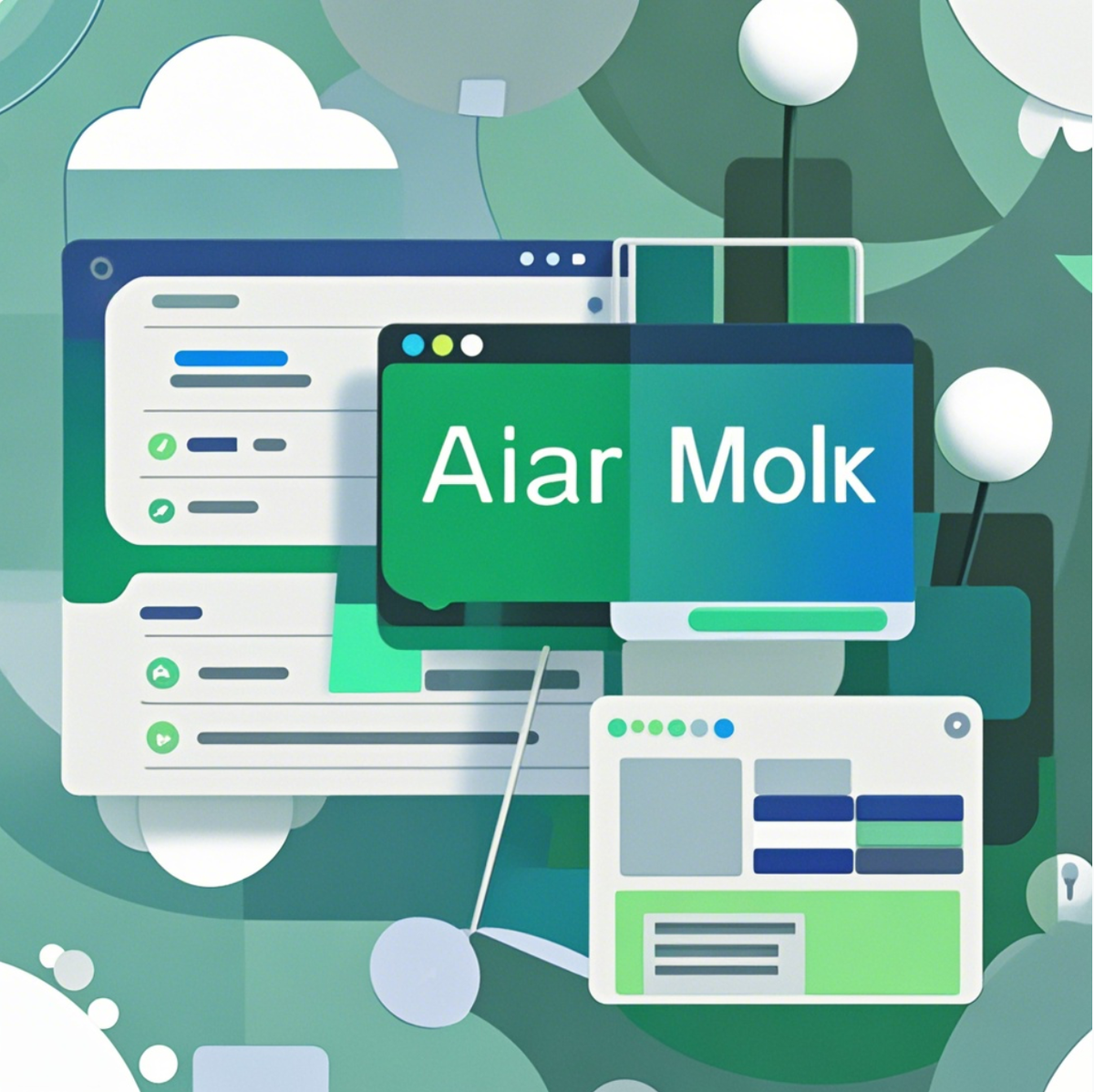Airtable and Markdown: A Powerful Combination
Airtable integrates with Markdown to create a perfect blend of database functionality and text formatting. Markdown enhances text readability in Airtable, boosting collaboration and productivity. Users can easily manage data, plan content, and create documents, ensuring clarity and consistency.

Airtable is a versatile platform that combines the simplicity of a spreadsheet with the power of a database. It's widely used for project management, content planning, inventory tracking, and more. One of the features that can enhance its utility is the integration of Markdown, a lightweight markup language that allows for easy text formatting.
Understanding Airtable
Airtable is designed to be both flexible and powerful. It allows users to create custom applications without needing deep technical skills, making it accessible to a wide range of users. You can collaborate in real time, and its user-friendly interface makes it easy to visualize data with various views like grids, calendars, and galleries.
What is Markdown?
Markdown is a markup language that enables you to format plain text using simple syntax. It's ideal for creating formatted documents without complex HTML coding. With Markdown, you can add headings, lists, links, images, and more with just a few keystrokes, making your text both readable and easily convertible to other formats.
Using Markdown in Airtable
Airtable's support for Markdown can significantly enhance text fields or notes within your base. Here's how Markdown can be used effectively in Airtable:
-
Rich Text Fields: Many Airtable text fields support basic Markdown syntax. This allows users to format text for clarity and emphasis, such as using bold, italics, or lists.
-
Documentation: Markdown is perfect for writing documentation directly within Airtable. Whether it's user guidelines or detailed project notes, Markdown helps keep information organized and easy to read.
-
Content Planning: When planning blog posts or articles, Markdown can be used to draft content right inside Airtable, enabling seamless integration with content calendars and project timelines.
Benefits of Combining Airtable and Markdown
-
Enhanced Readability: Markdown formatting ensures text remains clean and structured, making data in Airtable easier to digest.
-
Improved Collaboration: With Markdown, multiple users can contribute to richly formatted documents, clarifying intentions and enhancing communication.
-
Consistency: Markdown provides a standard way of formatting across various platforms, ensuring that text remains consistent in both Airtable and other integrated applications.
-
Time-Saving: The simplicity of Markdown syntax means less time formatting and more time focusing on content and data management.
Conclusion
Combining Airtable's database functionalities with the text formatting capabilities of Markdown creates a powerful synergy. It allows users to manage data more efficiently while ensuring their textual content is organized and easy to navigate. Whether you're managing projects, planning content, or documenting processes, integrating Markdown into your Airtable workflow can significantly enhance productivity and clarity.



Comments ()